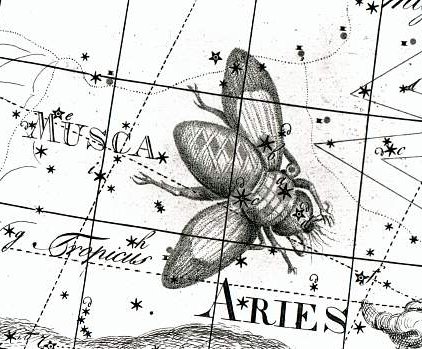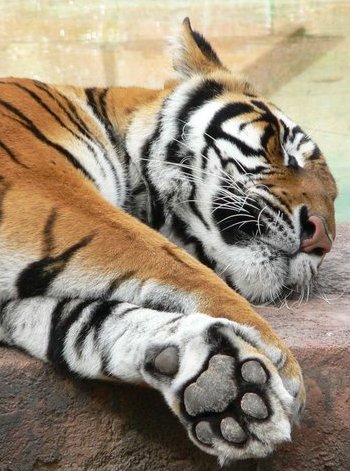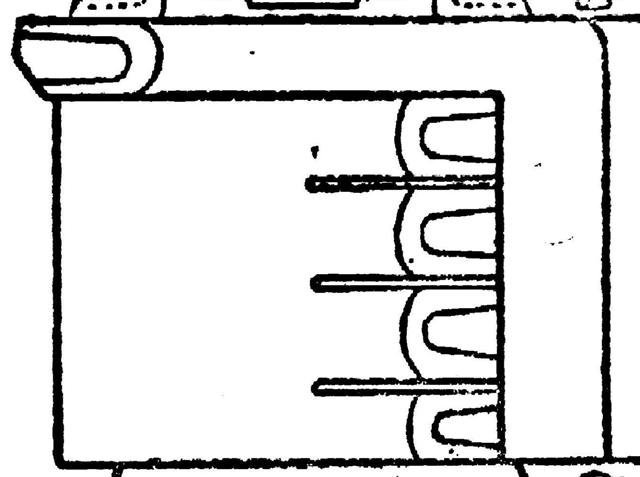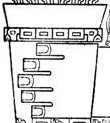3. Bode has drawn a picture of the Northern Fly (Musca Borealis):
Its right wing is touching the tropic of Cancer, where Sun stands still at solstice. A new living spirit seems to be delivered by the Northern Fly. The tropic of Cancer could possibly be the Turtle who lethally injured Kuukuu (Sun), at a time which could correspond to winter solstice on Easter Island. We should notice the sign in form of an arrangement with 4 black rhombs in a row on the back side of the fly. This could represent a nighttime version of the daytime eggs (OOO). In the rongorongo 'vocabulary' a similar pair of glyph types was used:
South of the equator is like a mirror version of the world above the equator, and an example could be 3 white rhombs on the front side instead of 4 black ones on the back side. As to the maitaki glyph type it basically consists of 3 halfcircles at left and 3 at right. North of the equator the analogy could be 4 circles, and such we can see in the Tiahuanacuan Sun King's 'paw':
The 'thumb' is pointing in the opposite direction (maybe to indicate a black reversed 4th quarter). But in a real cat there should be 4 'fingers' in front and 1 higher up at the back side of the paw:
The vertical line in maitaki glyphs can be compared with the horizon (and a horizon is a single line - the horizon in the west is the same as the horizon in the east). Between the horizon in the west and the horizon in the east lies Mother Earth:
The hands of Pachamama have fingernails, in contrast to the 'hands' of the Sun King - all know that a cat can retrace his claws in order to keep them sharp. Her 'nails', however, are drawn reversed (which you can see by comparing with your own). If nails can produce 'fire' (cfr the nails of Mahuika in the chapter Tapa Mea), then reversed nails should not. Her left hand has 5 fingers, and this hand is holding some kind of 'pitcher'. It has no thumb, therefore it could represent the season of Aquarius (beginning after midsummer). The 'pitcher' seems to be a part of her hand, otherwise it would fall. Both the statue of Pachamama in La Paz and the Gateway of the Sun in Tiahuanaco are north of the equator. Therefore the 4-fingered right hand of Pachamama should in the rongorongo texts be reflected as a sign of a '3-fingered' Sun on the verge of being swallowed at the horizon in the west (halfcircles at left) together with its reversal at the horizon in the east (halfcircles at right). |





